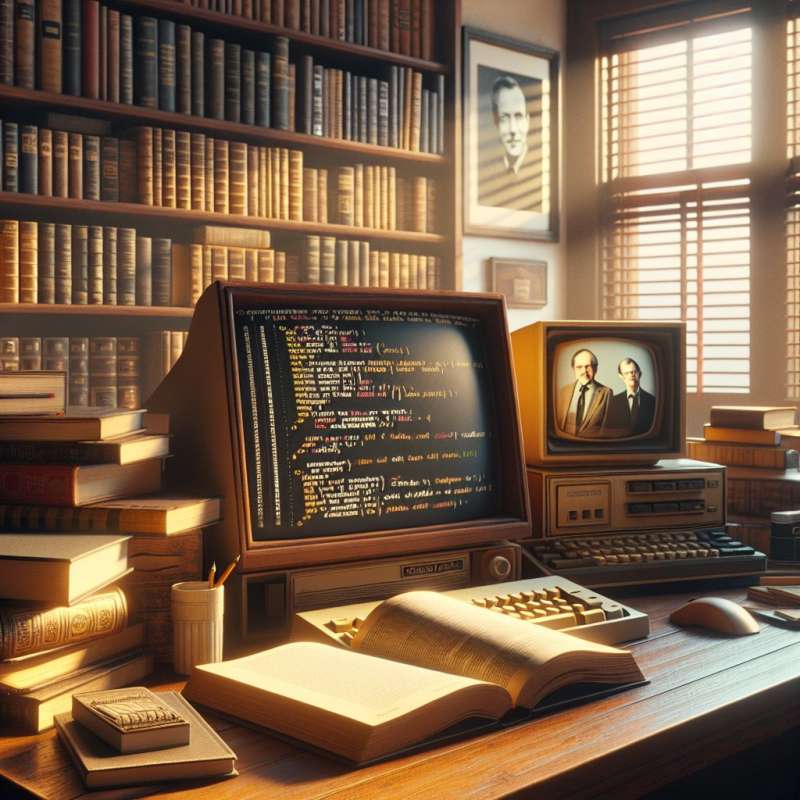
Introduction to C Programming
C is a powerful, general-purpose programming language developed in 1972 by Dennis Ritchie. It has influenced many other languages, including C++, Java, and Python. Surprisingly, modern operating systems like Windows and Linux are still written in C.
Pointers and Memory Management
C allows direct manipulation of memory through pointers, making it extremely efficient but also prone to errors. Fun fact: Pointers can be used to create complex data structures like linked lists and trees, which are foundational in computer science.
Preprocessor Directives and Macros
C uses preprocessor directives (e.g., #include, #define) to make code more efficient. Did you know? Macros can significantly reduce code redundancy but might make debugging harder. Use them wisely to strike a balance between efficiency and readability.
Standard Library Functions
The C Standard Library provides essential functions for input/output, string handling, and mathematical calculations. However, some functions like gets() are considered unsafe. Always prefer safer alternatives like fgets() to avoid buffer overflow vulnerabilities.
Advanced Data Types: Structures
Structures in C allow you to group different data types together. Interestingly, structures can also contain pointers to their own type, enabling the creation of recursive data structures. This is a key concept in implementing linked lists and trees.C's Secret Role
Did you know? The Mars Rover's software was written in C, proving its reliability for even the most critical missions in space exploration!
Who developed the C language?
Ada Lovelace
Dennis Ritchie
Bjarne Stroustrup
Company